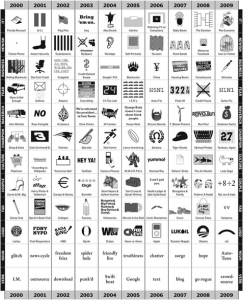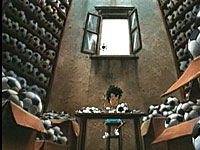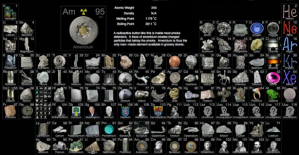
Discover Magazine blogger Phil Plait has a great post showing clouds formed by air rising over the volcanic mountains on Mars (orographic clouds). The simple animation is fascinating to see, but what’s even more interesting is how they were made. The images were taken by Emil Kraaikamp who uses a telescope in what appears to be his backyard. Each image in the series that makes up the animation is a composite from images taken with red, blue and green filters. Plait has a very good explanation of the process:
I love this, because it shows how using filters tells you a lot about what you’re seeing. Note that in the red Mars is fairly smooth, with some dark spots. The red dust covers the planet, so it smooths out features (though the ice caps are obvious). In the green you’re just starting to see a hint of clouds, and then in the blue the clouds pop right out.
Combine them, and you have Mars. Another world, seen through what most people would consider a small telescope here on Earth.
Photography is a wonderful medium for combining science and art as you manage the exposure to create interesting effects. If you understand a little about how cameras work, the page on the equipment used to take the pictures is quite fascinating.




